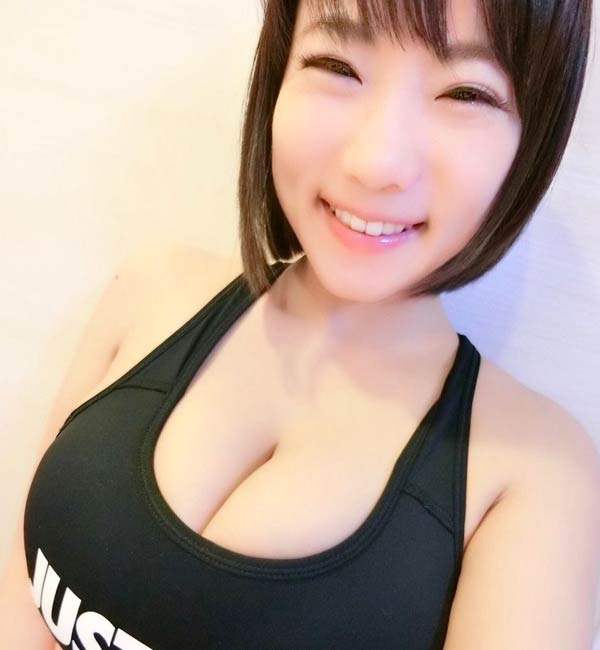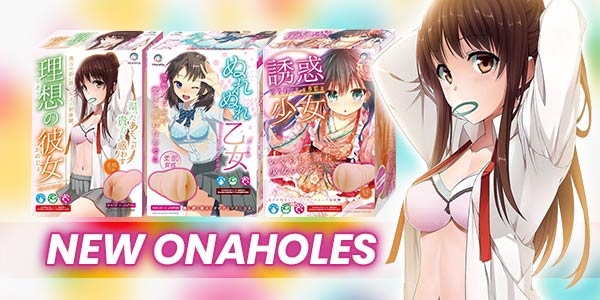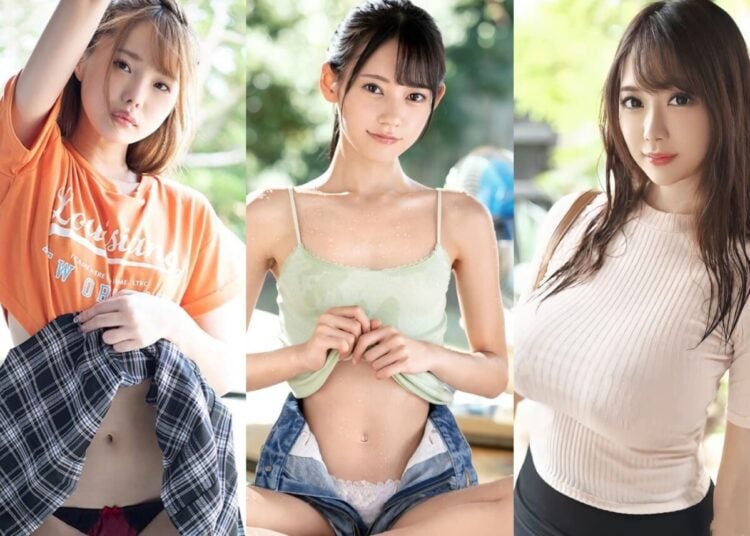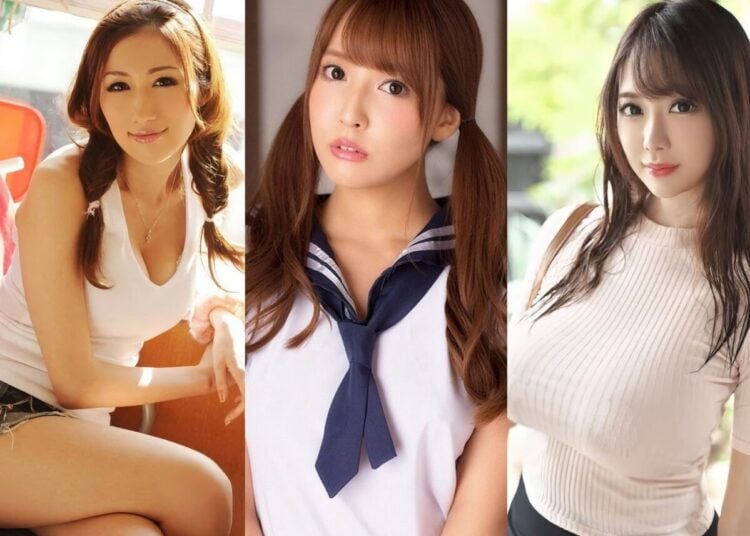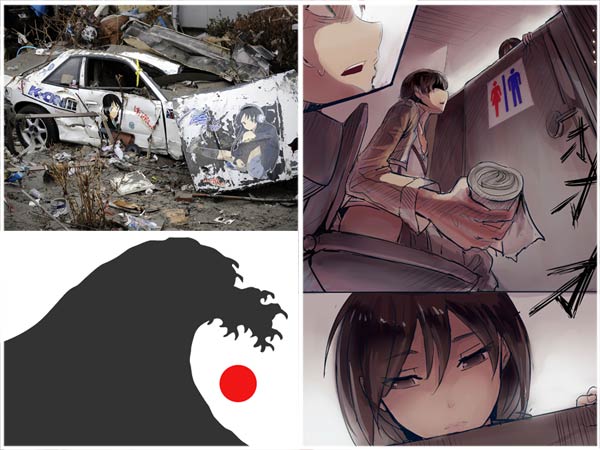J-List has been around 20 years this October, selling all kinds of fun things from Japan to customers around the world, including more than a few photobooks and videos related to Japan’s professional adult industry. Today I thought I’d see what questions readers of J-List’s Facebook page had about the JAV world, and answer them here.
Tell us about the history of erotic imagery in Japan.
While we might think of the modern JAV industry as “new,” it’s got deep cultural roots. Japanese woodblock prints showing sexual images called shunga (“spring pictures”) were huge in the Edo Period (1603-1868), and one of the most famous of these is The Dream of the Fisherman’s Wife, created by Hokusai, which can be considered the origin of “naughty tentacles.”
How did Japan’s AV industry get started?
In the 70s, a genre of softcore movie called “pink films” became popular. By 1976, the arrival of VHS meant there was suddenly demand for private home viewing of adult films. The industry can be said to have officially formed by 1977, when the Nihon Ethics Video Association (NEVA), which set standards for what can and can’t be shown in productions — making it similar to the Comics Code Authority in the U.S. back in the 1950s — was founded.
What is “indies” AV?
In 1995, former TV producer and entrepreneur Takahashi Ganari formed Soft on Demand, bringing his flamboyant production style to the world of adult video. His company and others challenged the old guard of companies and had great success by being innovative and giving fans a direct voice in the kinds of scenes they wanted to see. A lot of their most famous projects — like the Deep Kiss (asking two female friends to kiss on camera for money), the Zenra series (girls doing things like ice skating, basketball and even ballet fully nude), and the Female Penis Study series, were all suggested by dedicated fans.
What’s up with the mosaic censorship?
Since the Meiji era, Japan has had laws protecting “public morality.” When we started J-List, every photograph of pubic hair had to be masked or hidden in some way (say, with a partially see-through scarf), but around 1997, several magazines started boldly publishing “hair nude” (artistic depictions of nudes including pubic hair), daring the police to take action. When no action was taken, fully nude photography was finally free of legal restriction.
Is there a stigma about watching AV?
The Japanese have a magic phrase they use often: shikata ga nai (also sho ga nai), which both mean “it can’t be helped.” Interest in sex and the Japanese adult industry are considered a natural and normal part of society — it can’t be helped.
What kind of girls appear in AV? Are there social stigmas against performers?
I once visited an adult film studio with an eroge company president, and while my friend talked business with the staff, I got to poke around. One thing that impressed me were the piles and piles of industry résumé forms (a standardized form where the girls list their past work, stage name, what agency represented them and what, ah, genres they’d be willing to perform in) submitted by girls who wanted to work in the field. Supposedly 6000 actresses debut each year in Japan, performing in 20,000 works.
The girls, of course, enter the field for different reasons. The desire to make money, or be seen by a lot of people, and perhaps become famous. I’ve heard that top stars like Mana Sakura can bag $25,000 for a full day of shooting, while less famous actresses will obviously make less. The minimum is probably $1000 for a hardcore scene.
Anyone who’s a fan of the Japanese adult industry might have seen an actress who was so talented and beautiful they were compelled to say, damn, why is someone this amazing doing this for a job? For me that girl is Shibuya Kaho, the popular busty idol who just happens to speak English so well she got a perfect 100% on level 1 of the “Eiken” test, plus 990 TOEIC, the maximum score. It just goes to show how important it is to not make assumptions about people on the surface.
What happens to AV stars after they retire?
Most leave the industry settle down. Some go on to have careers in exotic dance, and some end up as AV directors. More and more girls have been able to jump from AV to mainstream TV, and some attain international fame. Ozawa Maria is a household name in Indonesia, and Aoi Sora acts in mainstream dramas.
What’s up with “that pool”?
The most famous pool in Japan is an indoor private pool that’s been used for a hundreds of AV shoots. The space is called Hanazono Room, and you can rent it for the low price of $900 for a three-hour session. Get some friends together and throw an unforgettable pool party next time you visit Tokyo!
Read this post on why we hate anime censorship!
Japan is always innovative when it comes to ways of promoting prostate health, and J-List loves finding new and interesting toys from Japan for you, like these new offerings on the site. Browse them here.


